Peter Chiang started working in visual effects at the opticals period on projects such as HIGHLANDER, LABYRINTH, or BATMAN. In 1998 he is one of the founders of Double Negative. He has since overseen an impressive number of projects such as PITCH BLACK, ENEMY AT THE GATES, THE CHRONICLES OF RIDDICK, THE BOURNE ULTIMATUM or GREEN ZONE. In the following interview, he discusses his work on JOHN CARTER.
What is your background?
Started in the optical days with Derek Meddings, miniatures and Roy Field, optical and have been working in the field of Visual Effects for 30 years. Double Negative was started in 1998.
How did Double Negative got involved on this show?
We had initial meetings with Andrew Stanton, Jim Morris, Lindsey Collins and Colin Wilson to talk through concepts and methodology. Walt Disney Studios and the film makers awarded us the show in May 2009 and we started a “Proof of Concept” test to illustrate our methodology.
How was the collaboration with director Andrew Stanton?
A truly wonderful experience. Working with a director who is very creative and approaches ideas from a story point of view meant that we had clear direction while working on the shots.
Can you tell us what Double Negative have done on this show?
Double Negative created 960 creature and environment shots for the film. The film totalled around 1900 and was split with two other companies, Cinesite creating Zodanga and Helium and all the air ships, MPC creating the Warhoon sequence.
It’s the first live action movie for Andrew Stanton, was his approach for animation different from his Pixar way-to-do?
No, he continued to apply his work methods from his Pixar films which served us well as he is so use to signing off final animation when it was simply rendered so that the more complicated processes could begin. Andrew was so conscious of the delivery schedule he knew where to put the energy and where to let go.
This show is the most ambitious in term of animation at Double Negative. How did you faced this big challenge?
The whole project meant we needed to rewrite our creature pipeline and delve into animation on a more serious level. Eamonn Butler and Steve Aplin were the animation supervisors that led a team of, on average 70 animators. Everything in the creature pipeline was adjusted for the volume of shots to come. A facial animation system was developed, rigging and muscle systems, textures and lighting, cloth and creature fx, crowd were all updated and further developed. We broke the film into three mini films each unit headed by a brilliant VFX Supervisor, Ken McGaugh, Paul Riddle and Ryan Cook. The production crew led by Matthew Plummer kept us on track and were able to foresee problem areas well ahead of time and credit must go to them for an amazing job, for despite its size it has been the most relaxed delivery of any film in my entire career.
Can you tell us more about the shooting and how you take the animation references on set?
The principle photography was a hard shoot. Andrew’s idea was to ensure that the eye lines of the all the characters were in the right 3D space. This meant that for a nine foot Thark, the actors playing the part either had to be on stilts, on decking or boxes or wearing a back pack with a Thark head at the correct height. The actors wore helmets that had two video cameras to capture their facial performance. We took very accurate HDRI images of each scene and also images for photogrammetry to recreate the geometry of the set. Witness cameras viewed each take from a different perspective so that we could provide more data for tracking. We would always try to use the clean plate shot with one of the humans to avoid as much clean up as possible but in post Andrew sometimes preferred the take with the actors so we painted them out.
How did you design and create the Tharks?
Andrew and Legacy designed the Tharks a year before we were awarded the film. Legacy provided us with Z-Brush models to begin our build. A few alterations were necessary once we started look development. The Tharks became more human with human eyes and muscle structure to protect as much of the translation from the actors as possible.
Does the four arms of the Tharks causes you some trouble for the animation?
Andrew always wanted the second set of arms to be as natural as possible. We would rehearse with the actors and an additional set of arms tucked underneath dressed in a green suit. Sometimes arm extensions were used to represent the exact dimensions of the Thark.
Can you tell us more about the rigging and the animation of Woola?
We drew a lot of reference for Woola from a British Bulldog and Andrew always described him as a road runner with ten legs.
Some shots involved a huge numbers of characters. How did you manage those crowd scene?
We developed our crowd system “Mob” to handle the large crowd scenes. Up to a certain point or depending on the demands of the scene the foreground characters were always key framed. Mocap from an optical system and a Moven suit provide the distant action.
The Tharks facial animation are impressive. Can you tell us in detail how you manage this part of animation?
The facial system took about a year to develop and we spent a long time translating the actors to the Thark faces. There physiology differed and so a lot of work went into retaining as much of the performance as possible. For instance the Thark nostrils are on their tops of their heads and so their noses are not in the centre of their faces.
What were your references for the animation of the White Apes?
Andrew wanted them to be wild blind creatures with rage.
How did you manage the fur aspect for them?
We developed new grooming tools.
Can you tell us more about the collaboration and the asset sharing between the different vendors?
We developed the Warhoons with Andrew before handing over the models and textures to MPC. The set extension were shared models and textures between companies.
Was there a shot or a sequence that prevented you from sleep?
Most shots.
What do you keep from this experience?
How tough the business is and that you never stop learning.
How long have you worked on this film?
I started in May 2009 and ended December 2011.
How many shots have you done?
960.
What was the size of your team?
We had 850 people working on the film at one time or another.
What is your next project?
I’m currently supervising TOTAL RECALL.
What are the four movies that gave you the passion for cinema?
STAR WARS, BLADE RUNNER, ALIEN and JURASSIC PARK.
A big thanks for your time.
// WANT TO KNOW MORE?
– Double Negative: Dedicated page about JOHN CARTER on Double Negative website.
© Vincent Frei – The Art of VFX – 2012


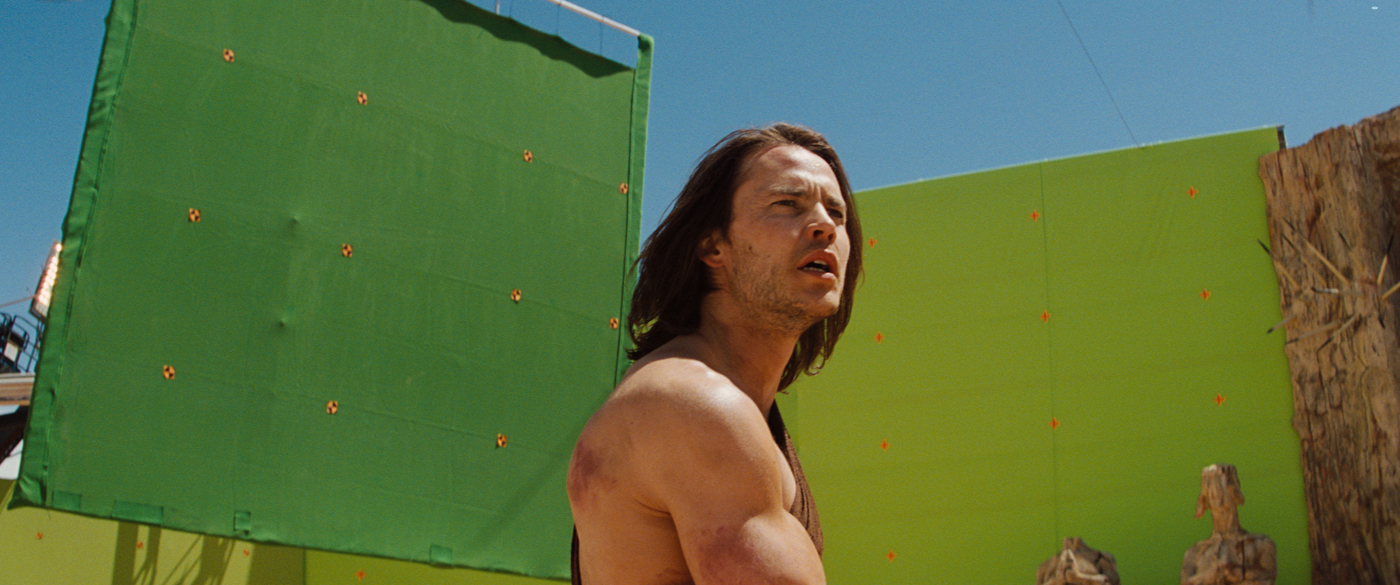
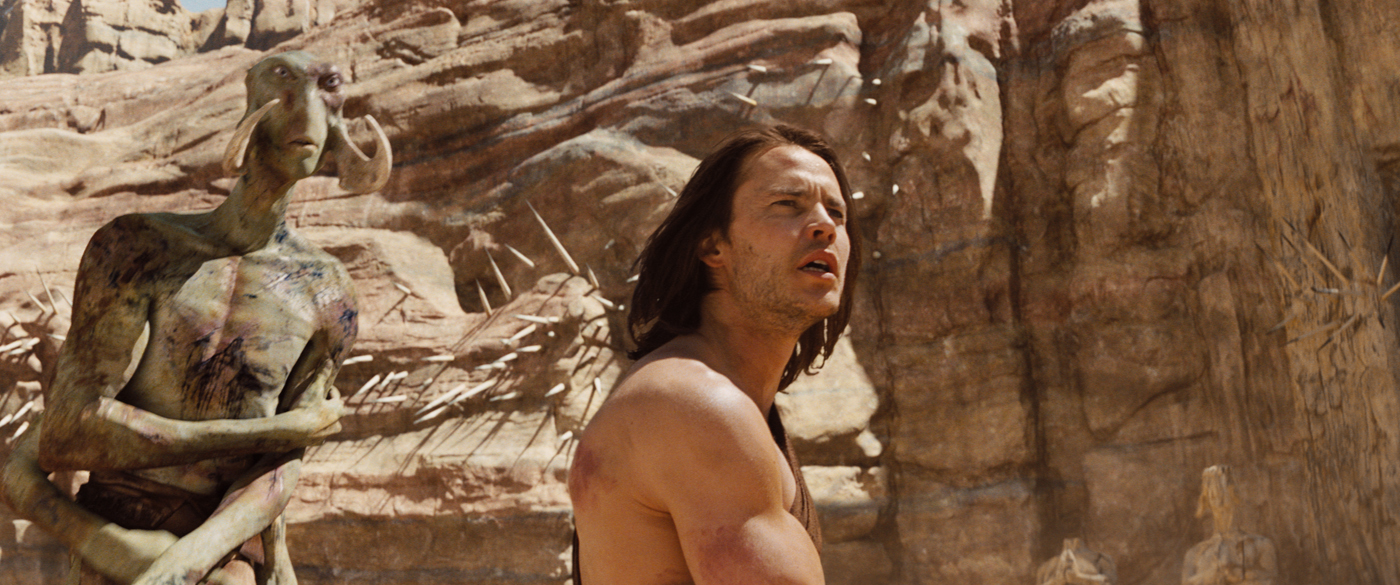
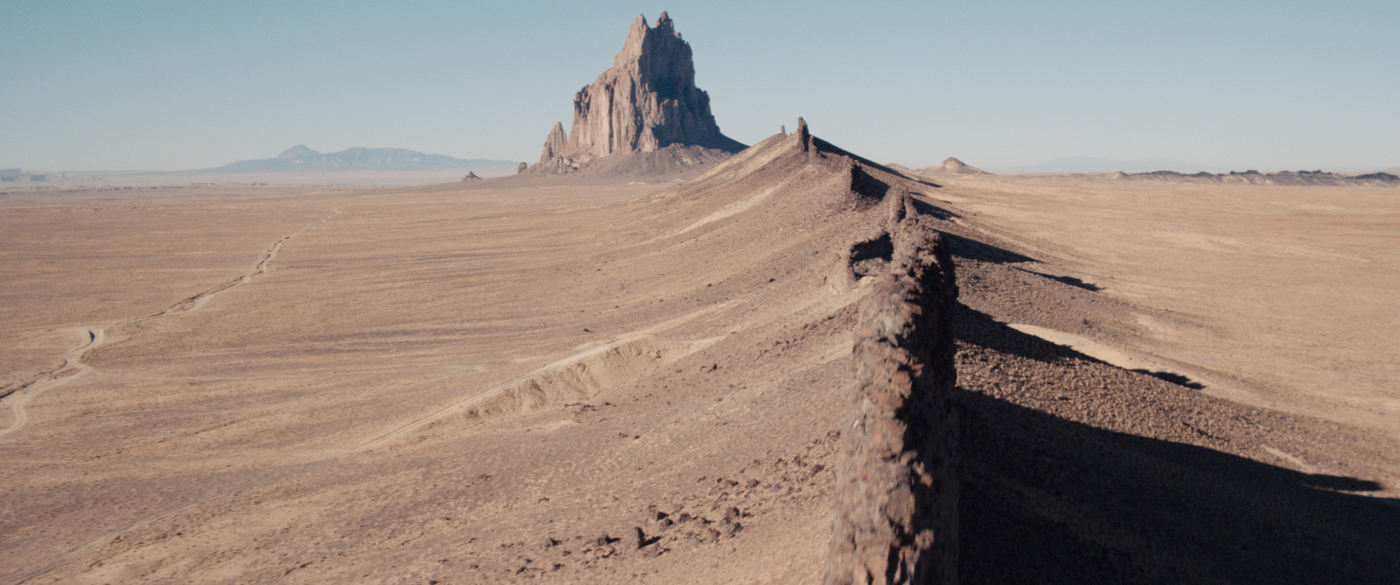
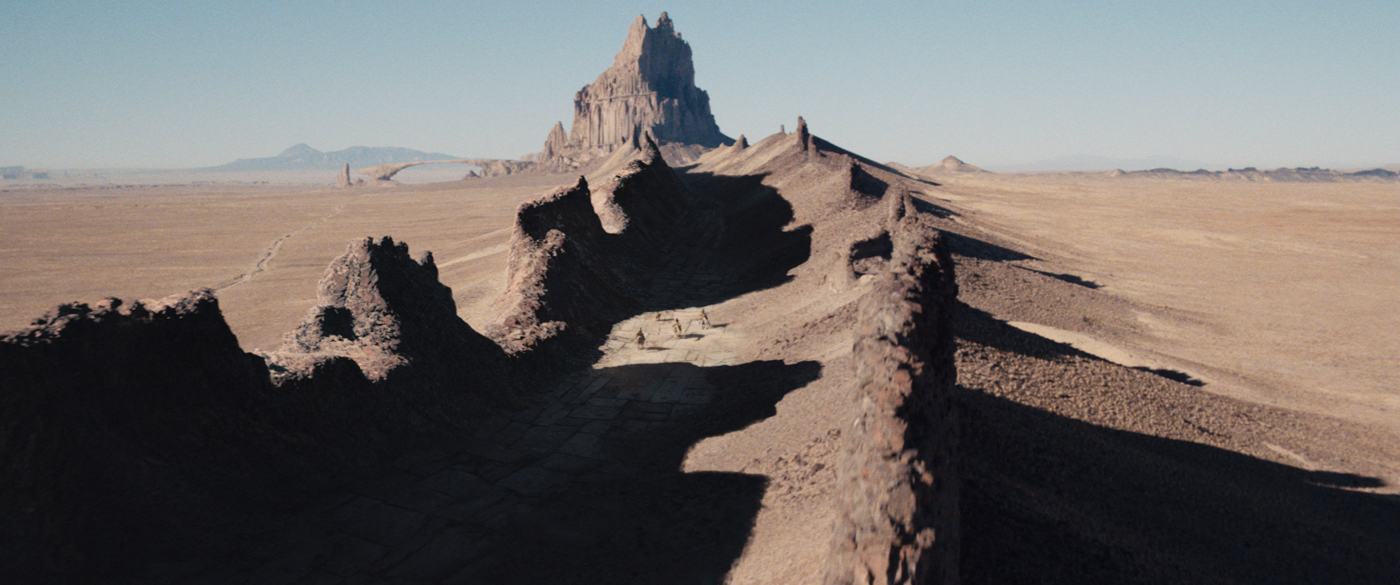
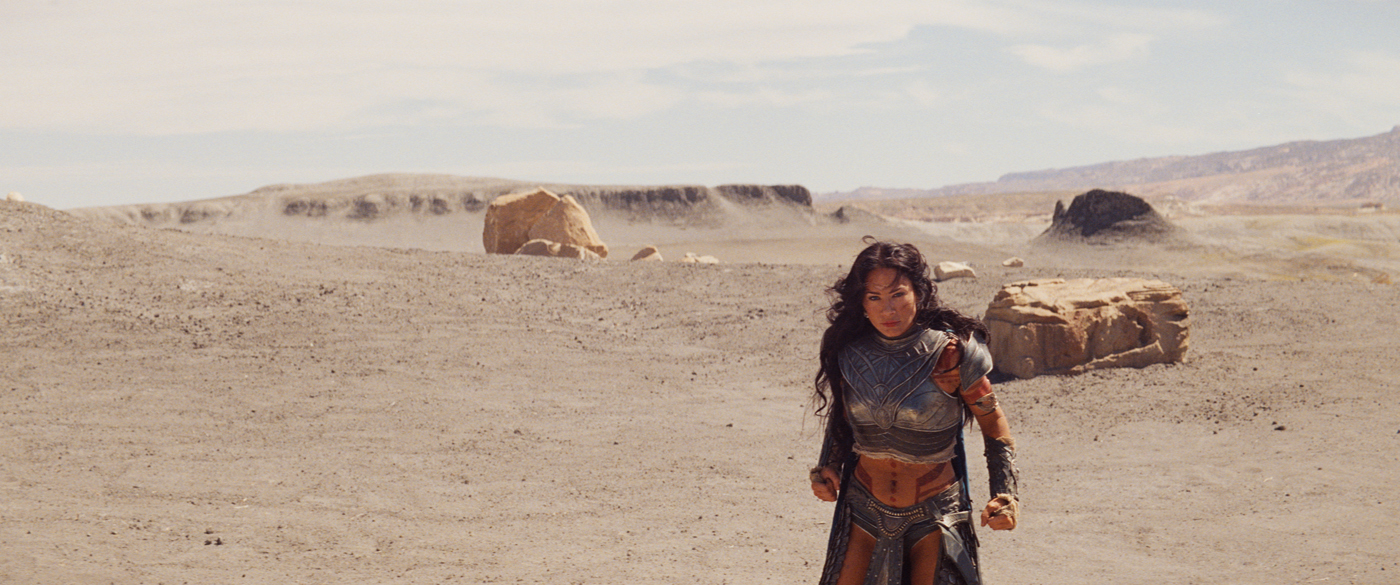
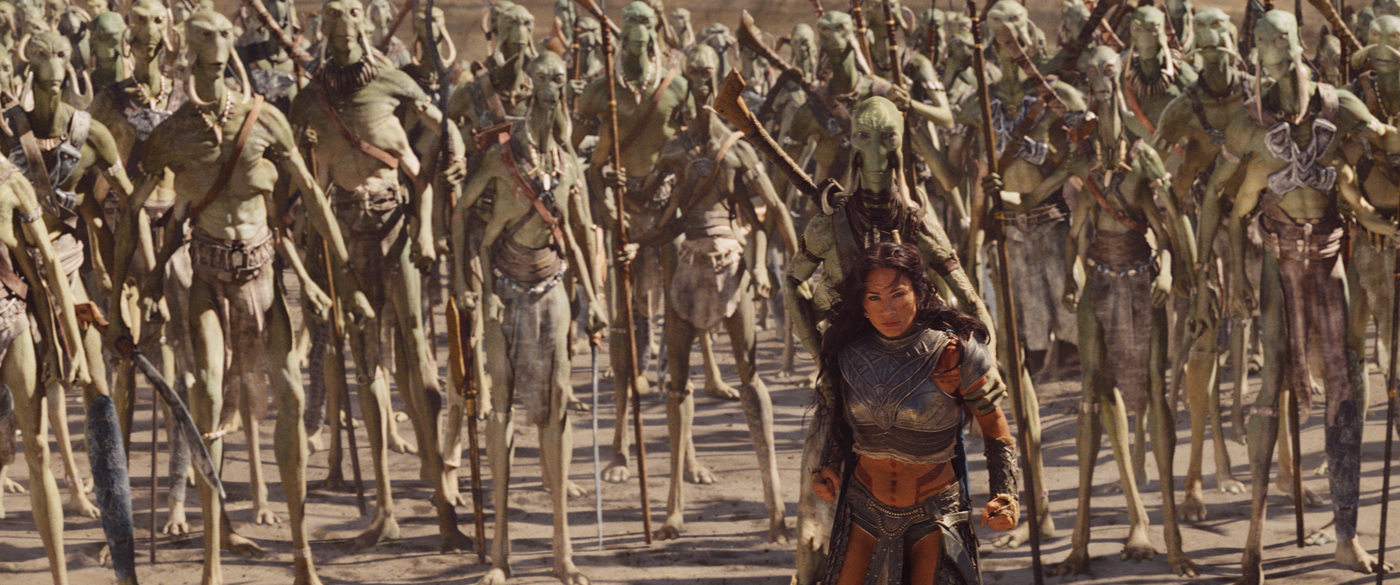
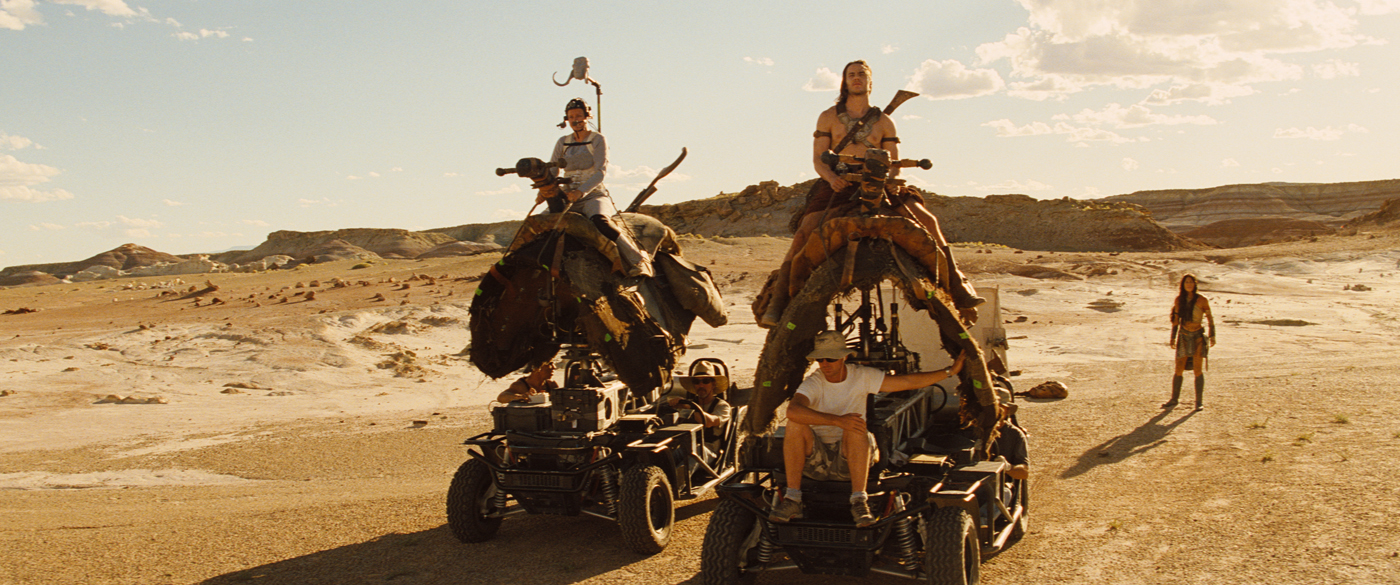
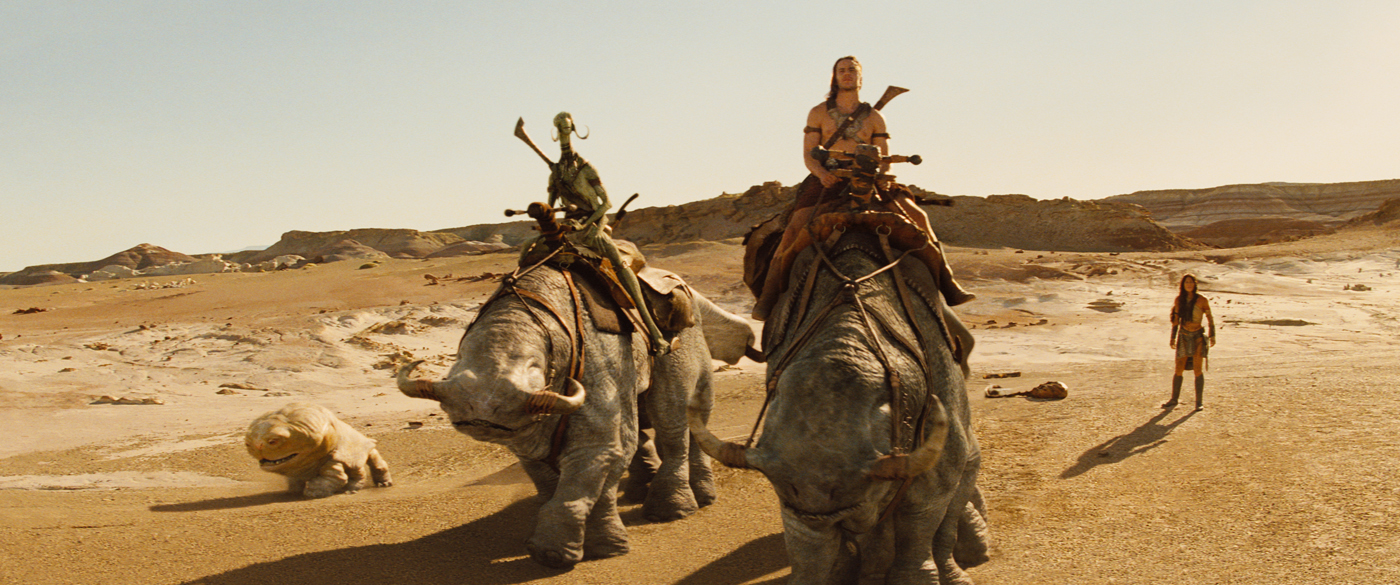
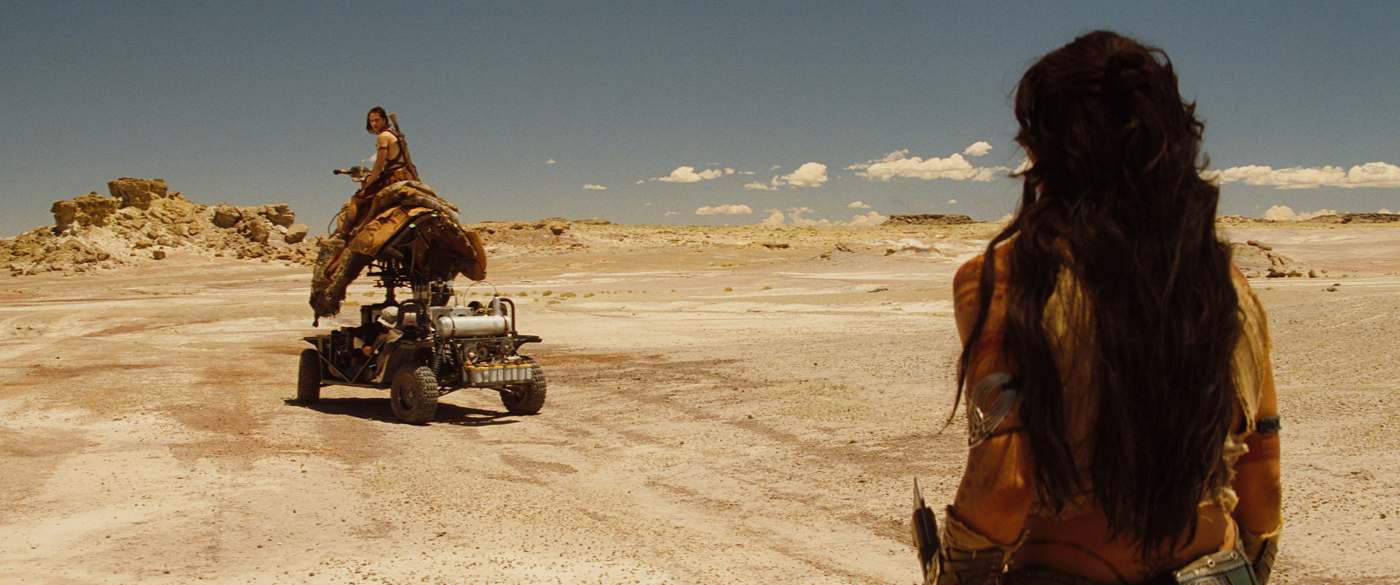
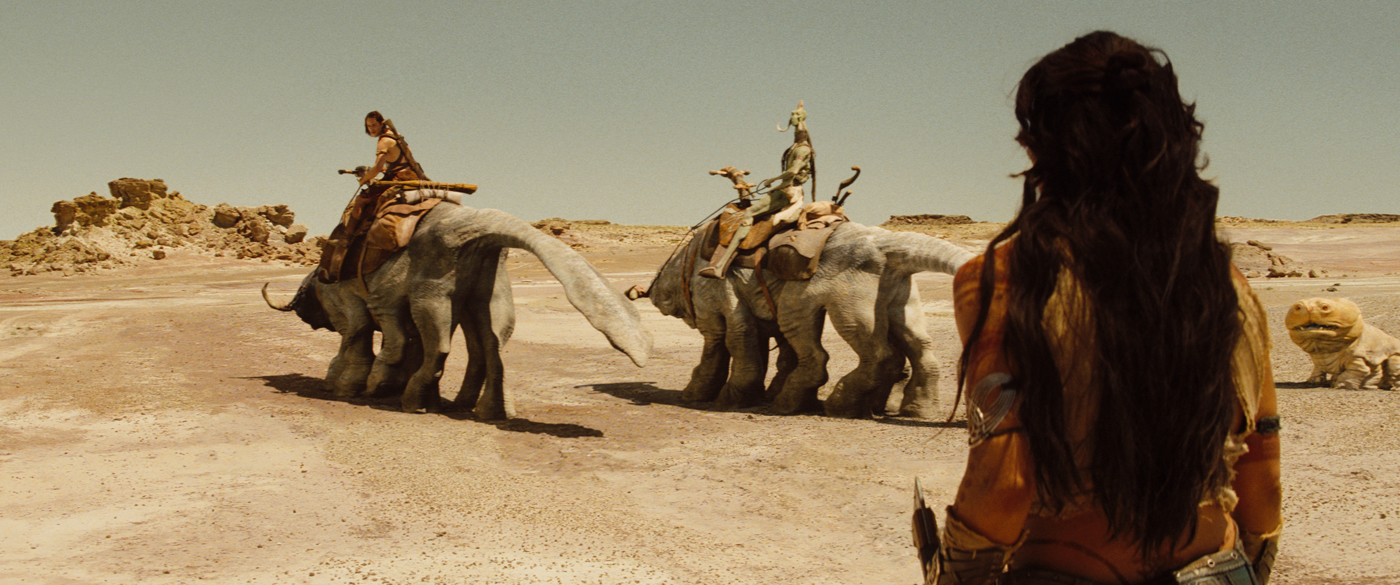
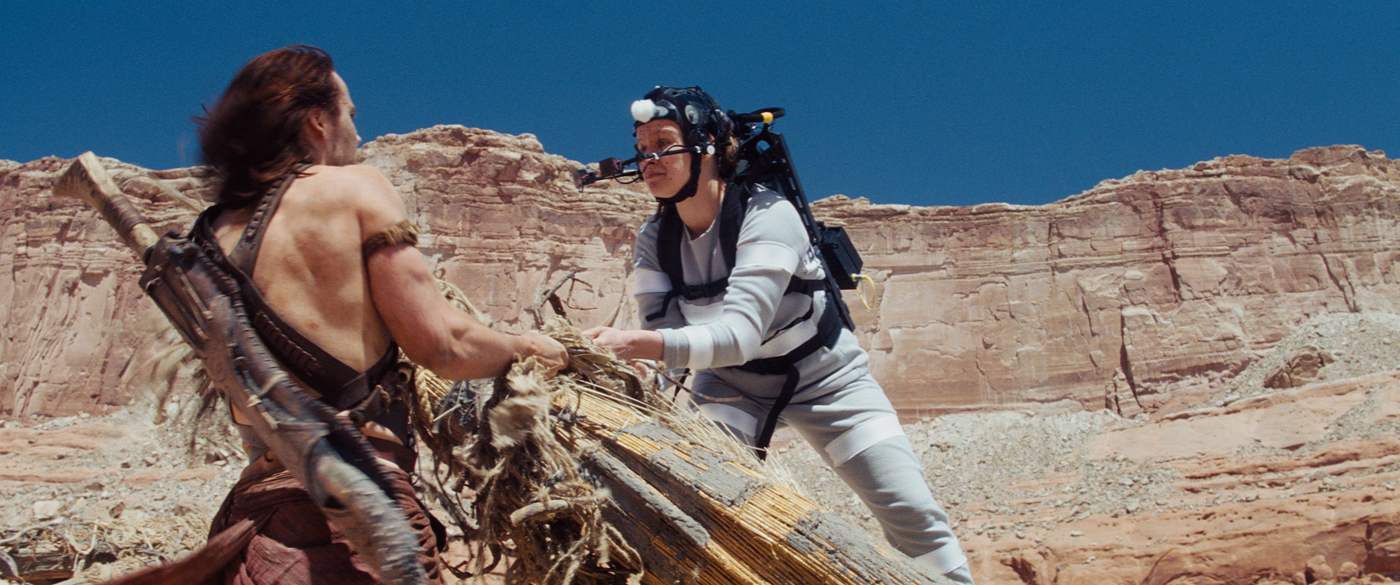
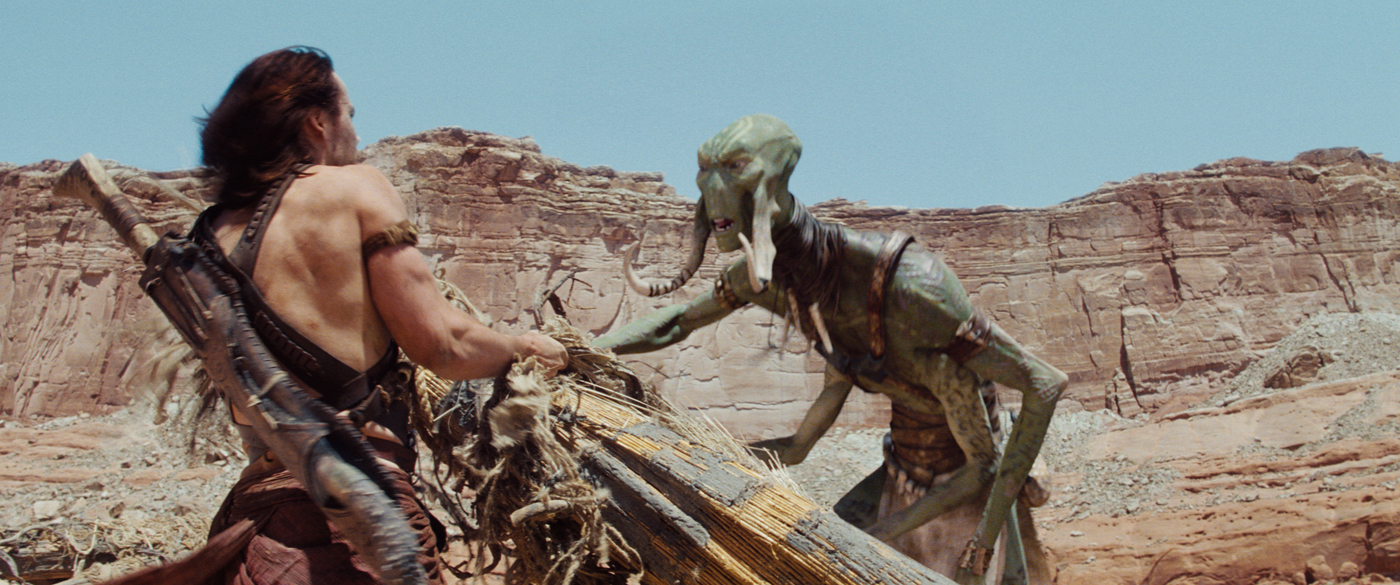
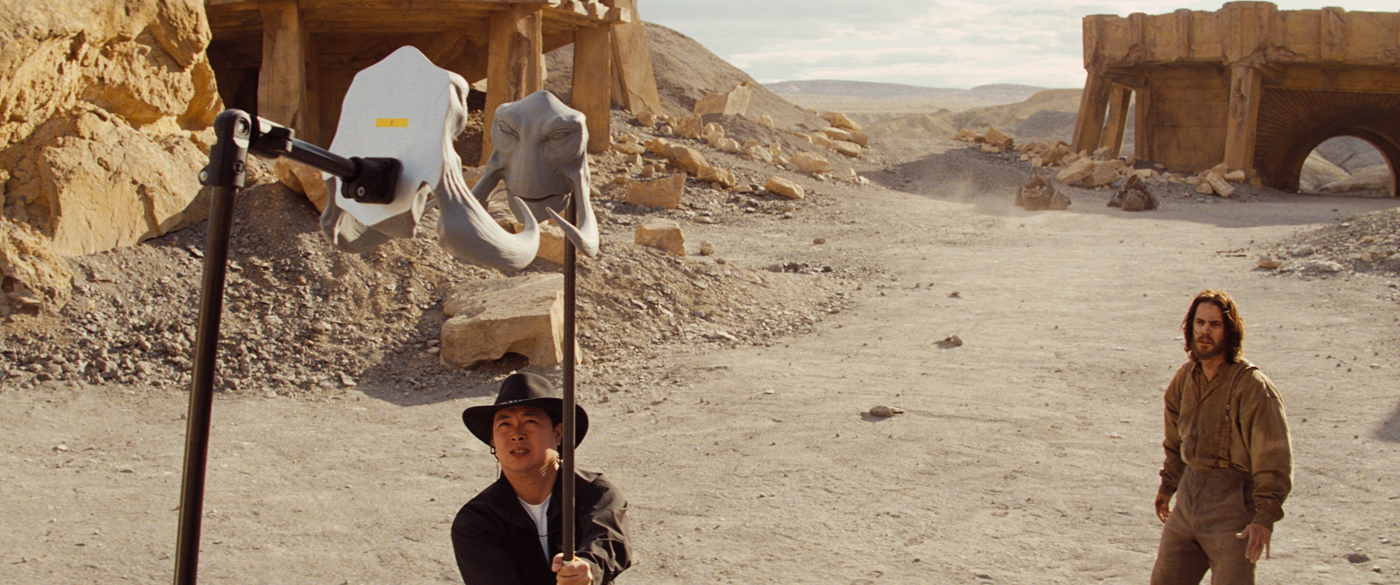
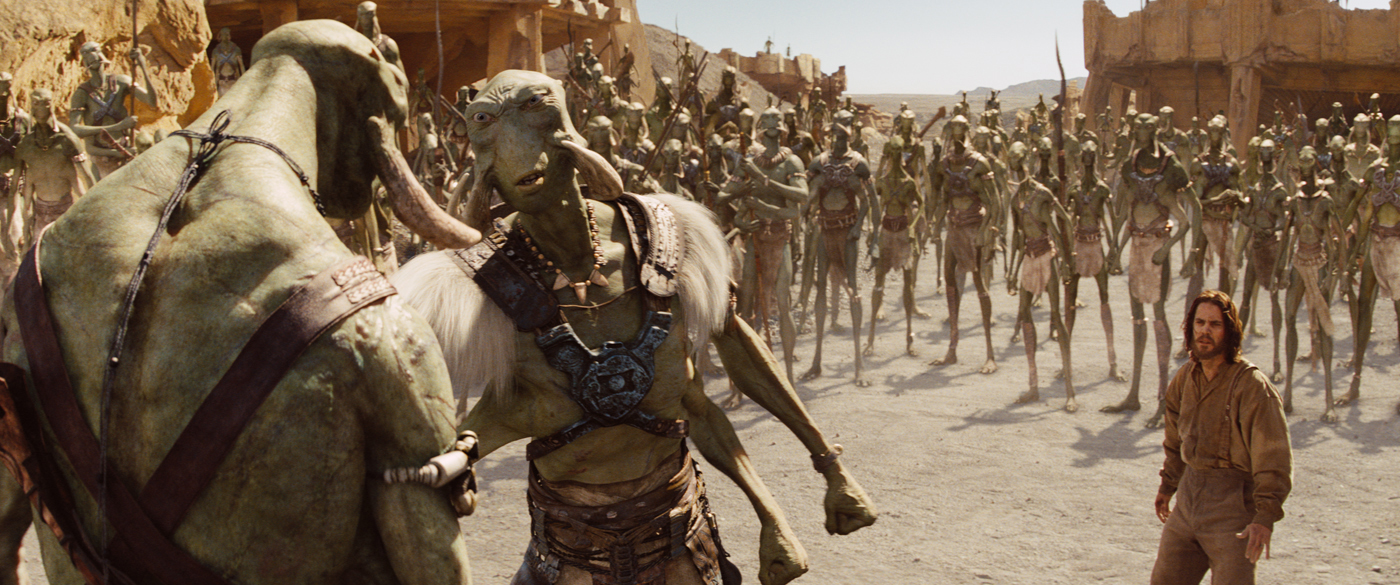
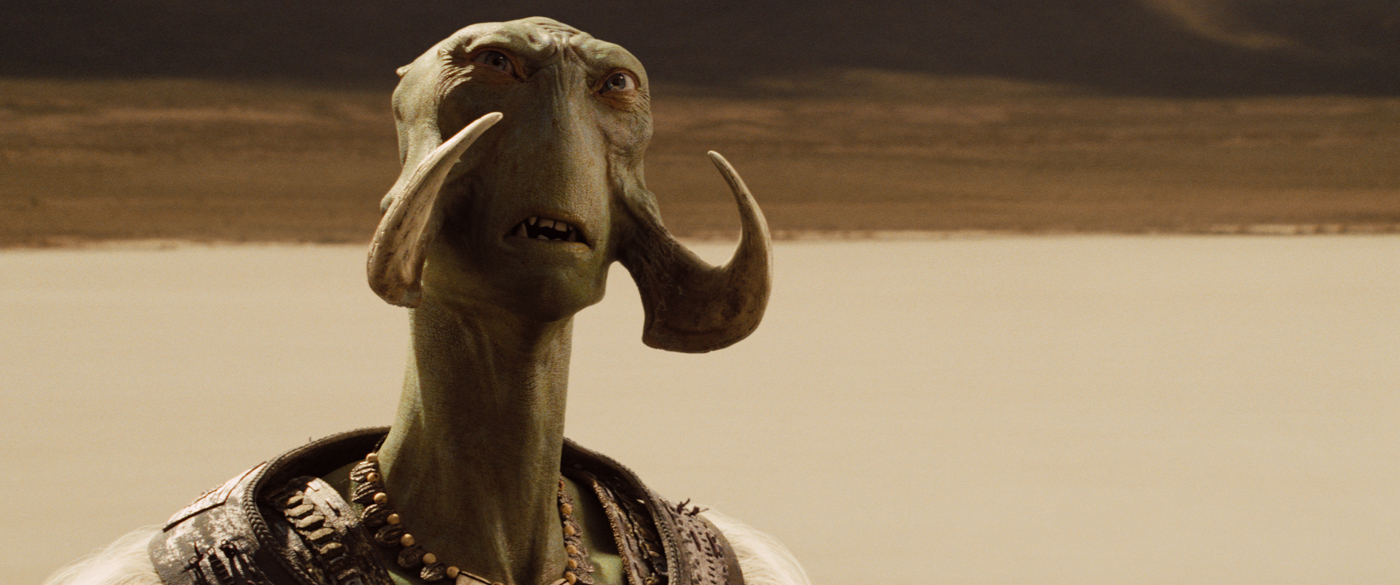
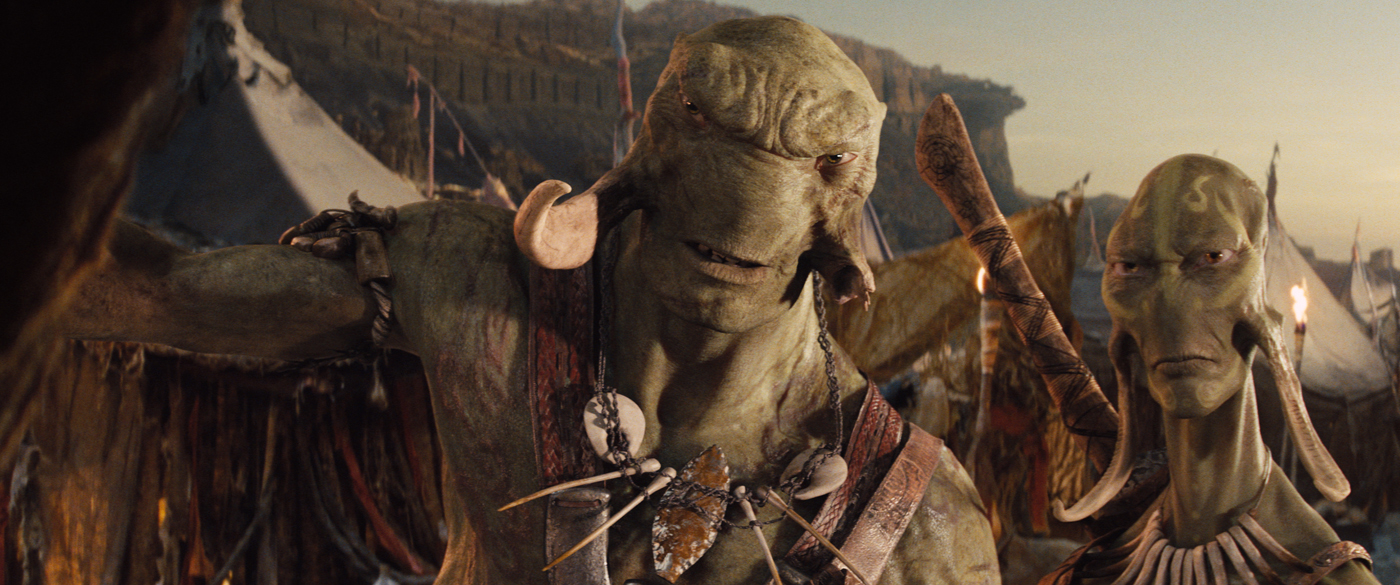
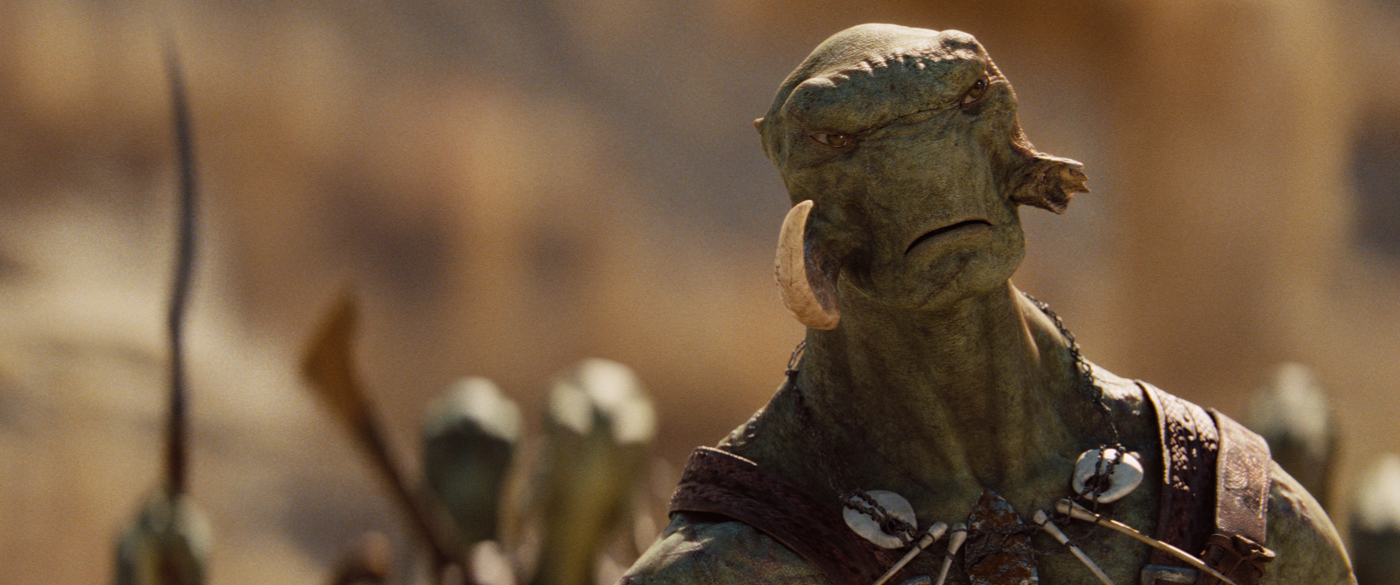
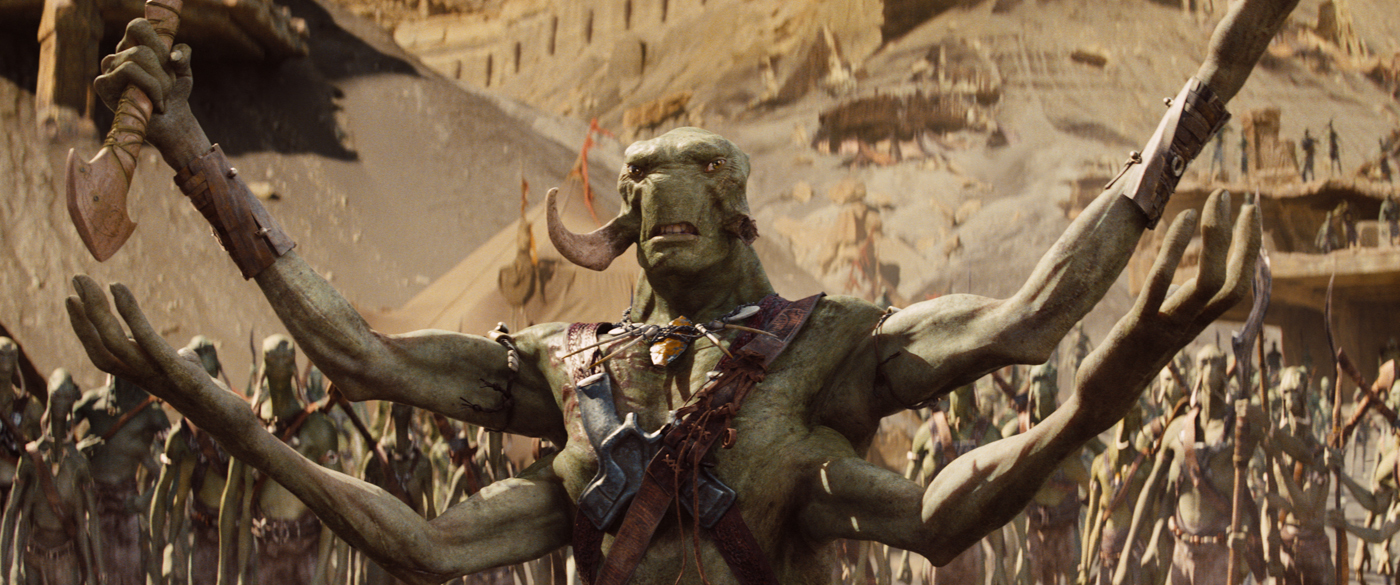
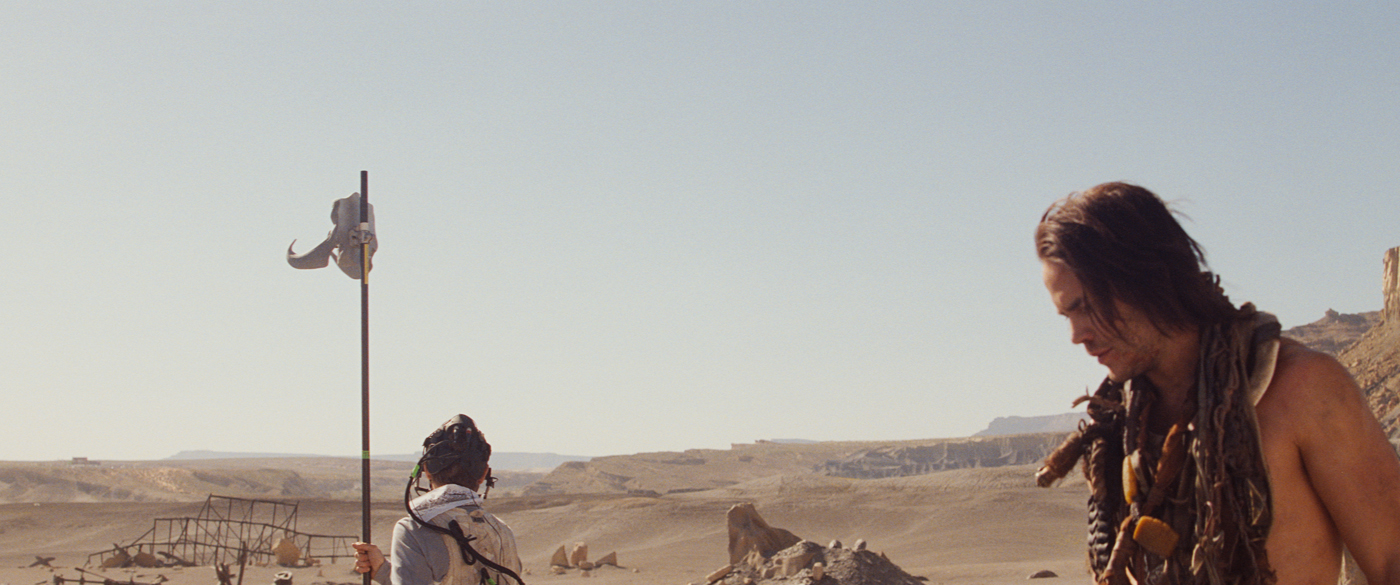
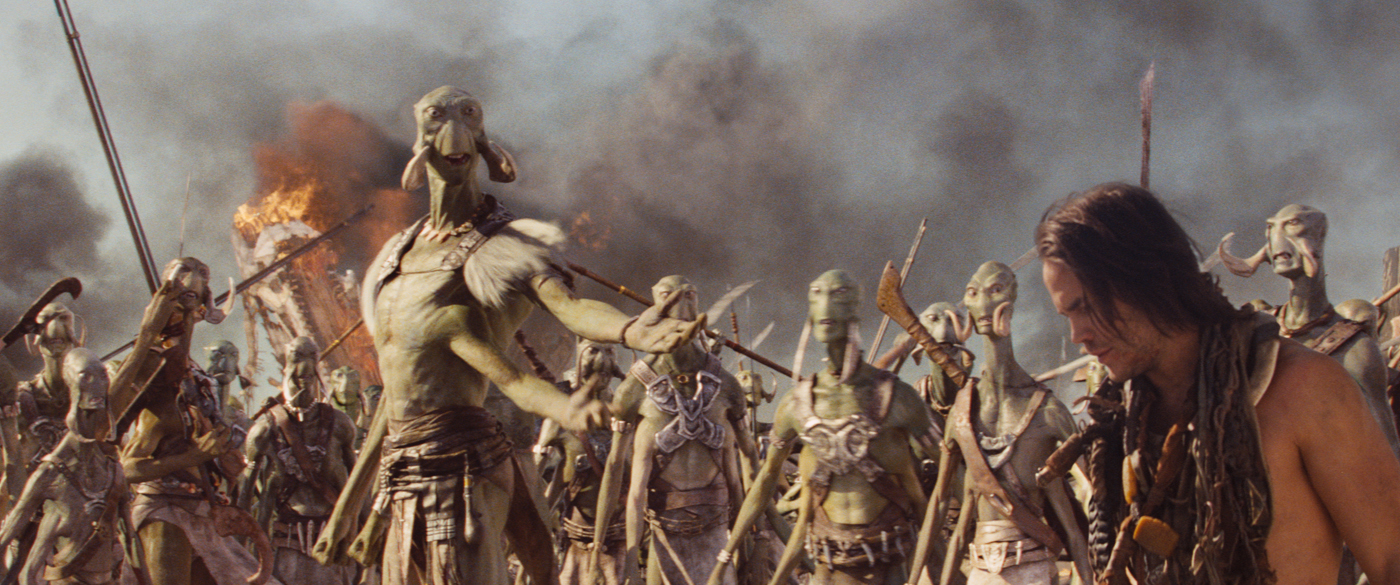
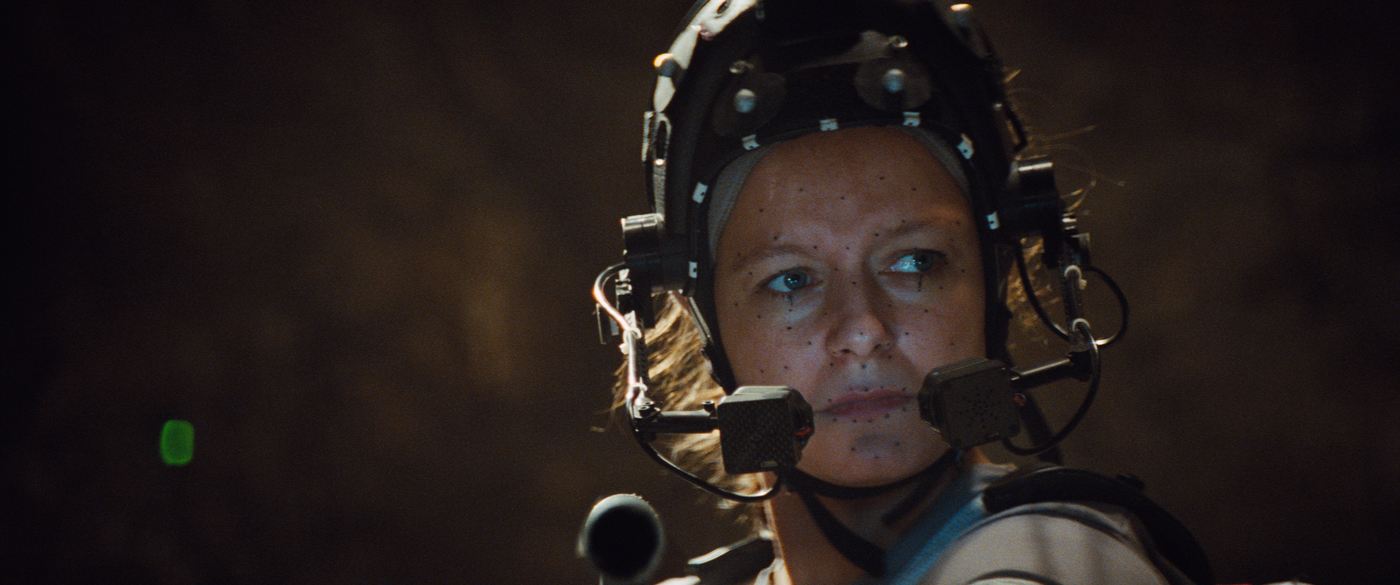
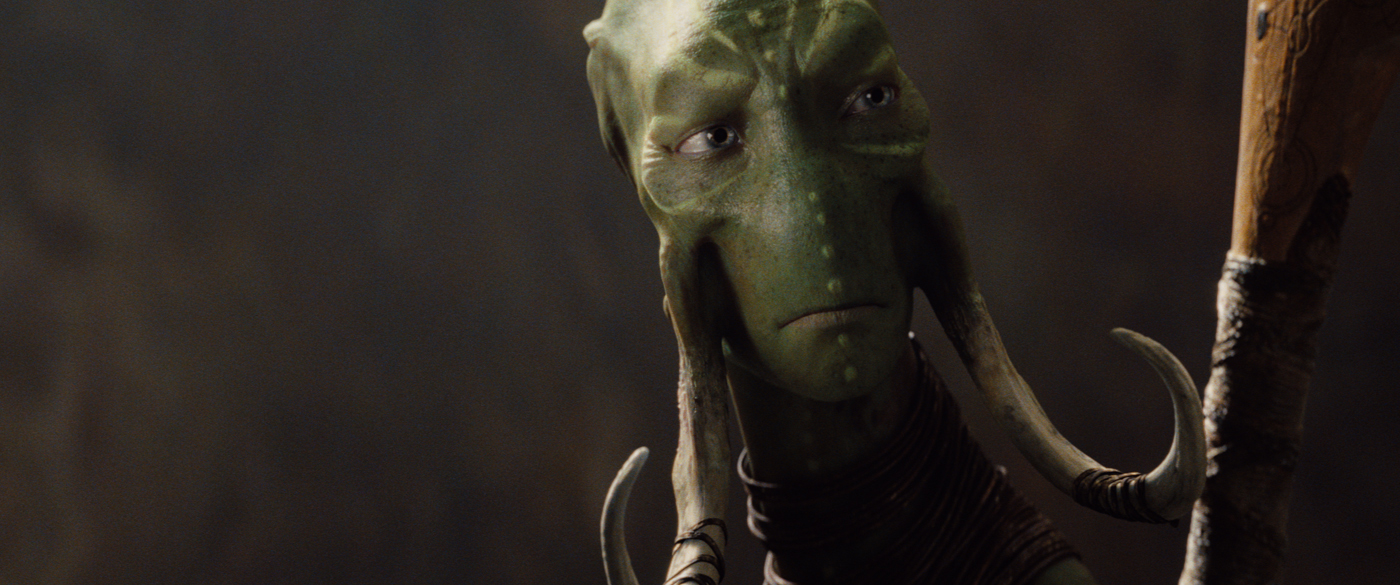
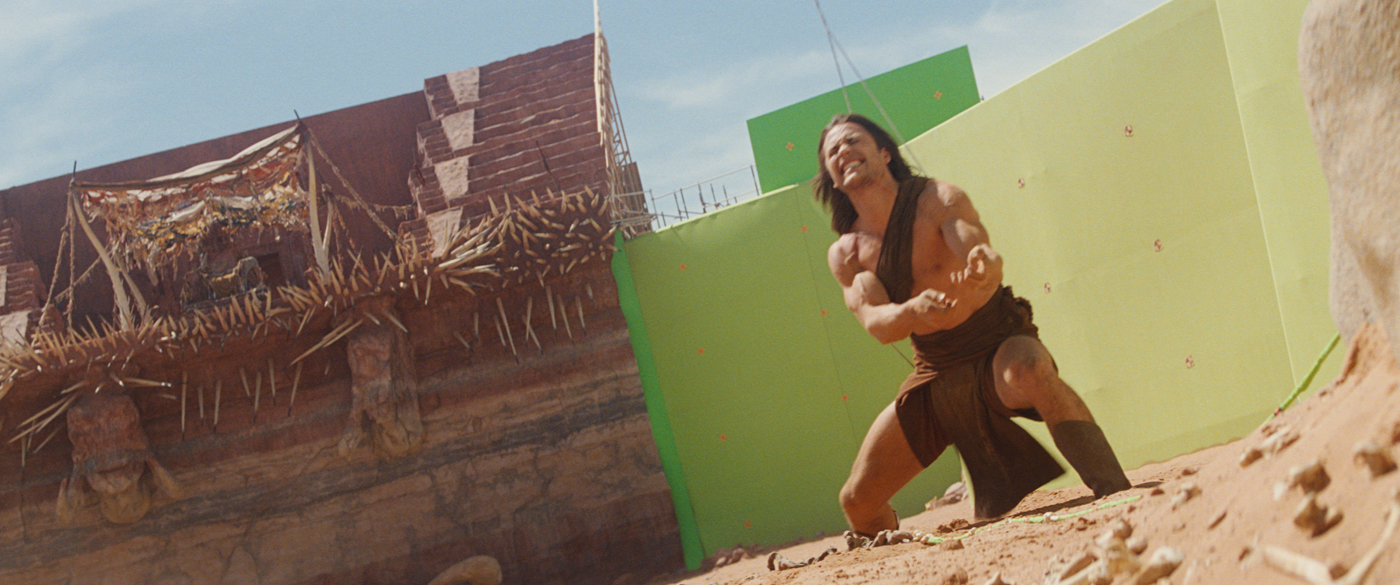

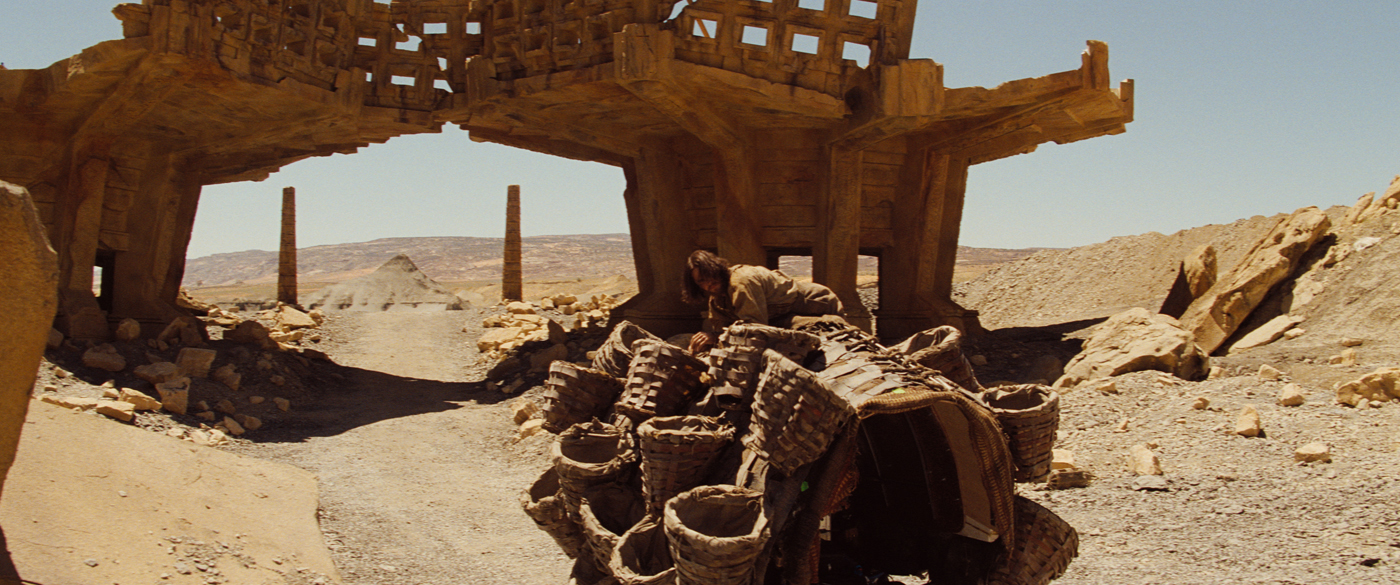
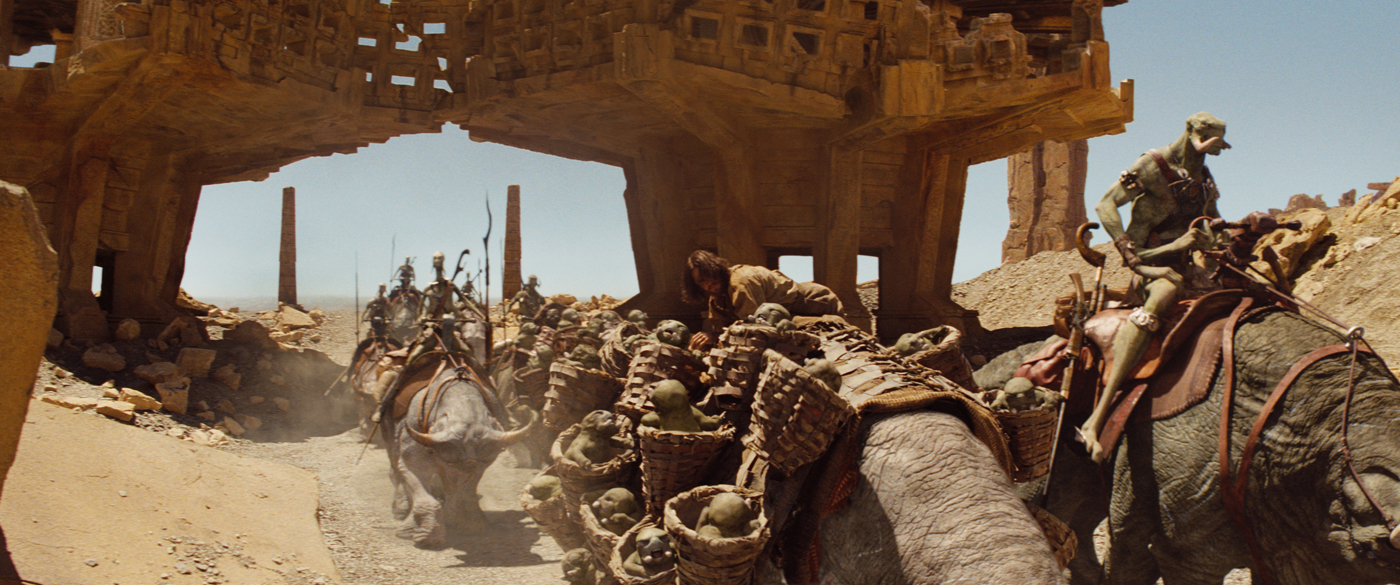
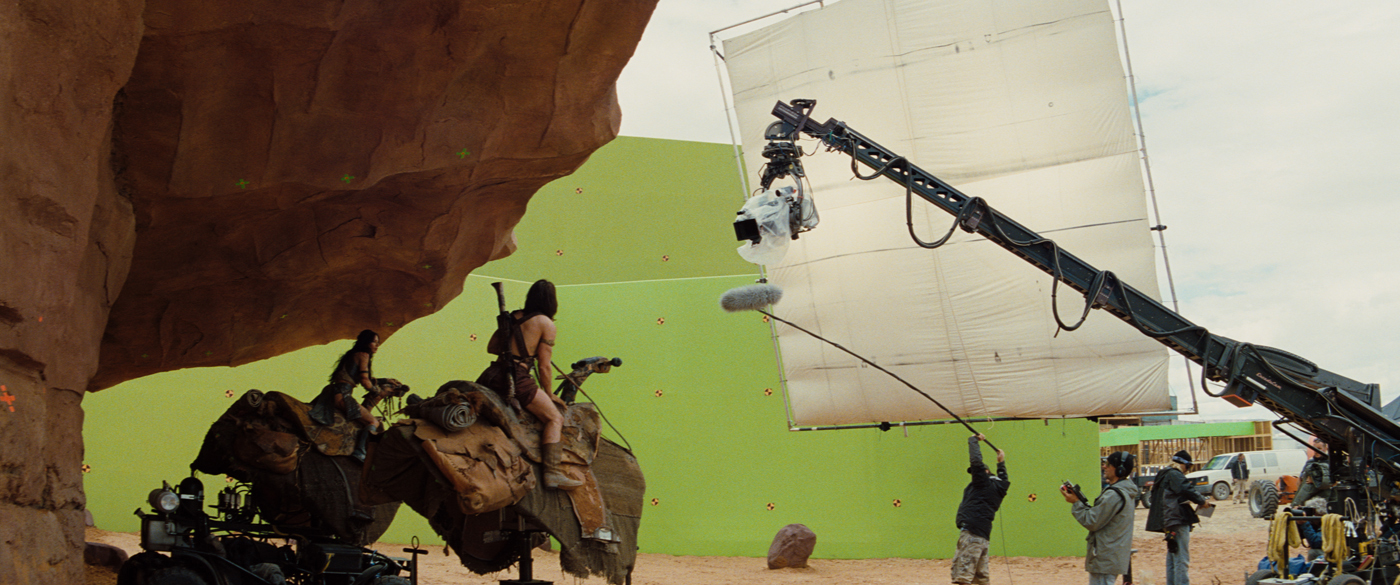
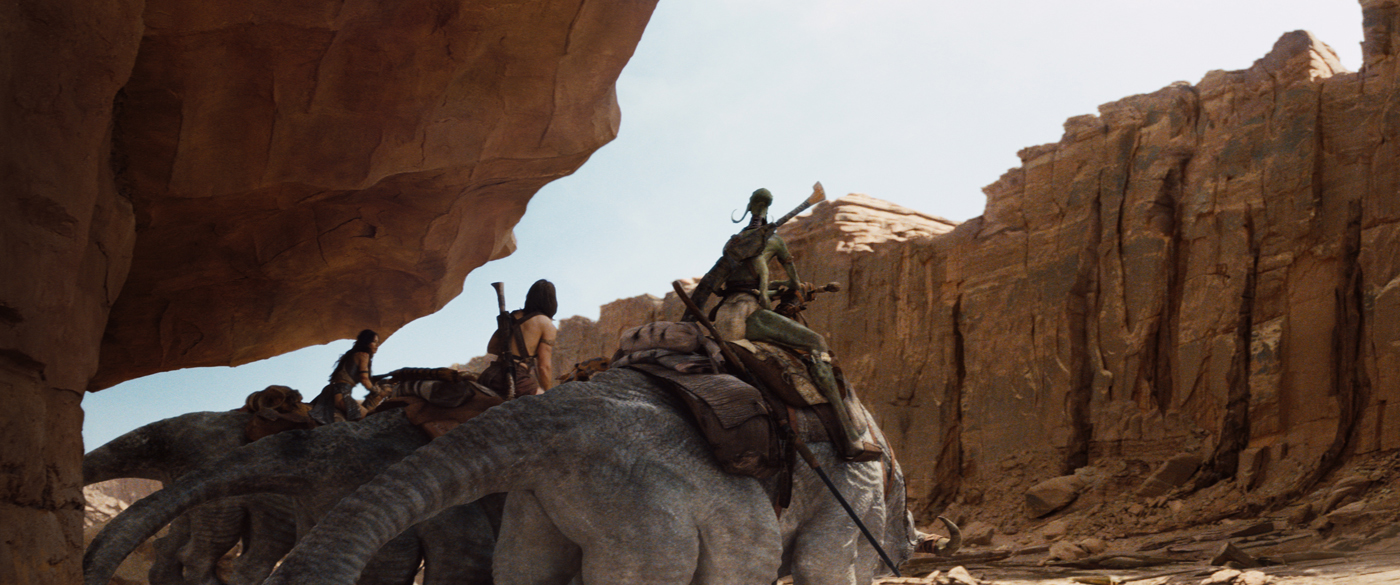
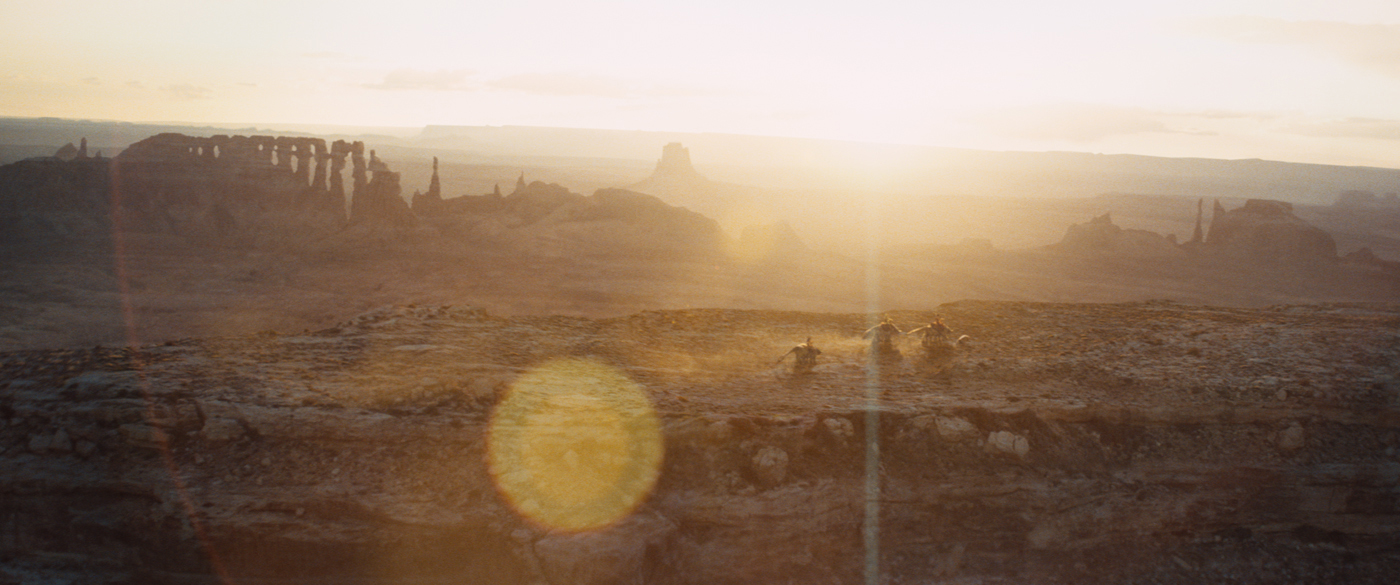
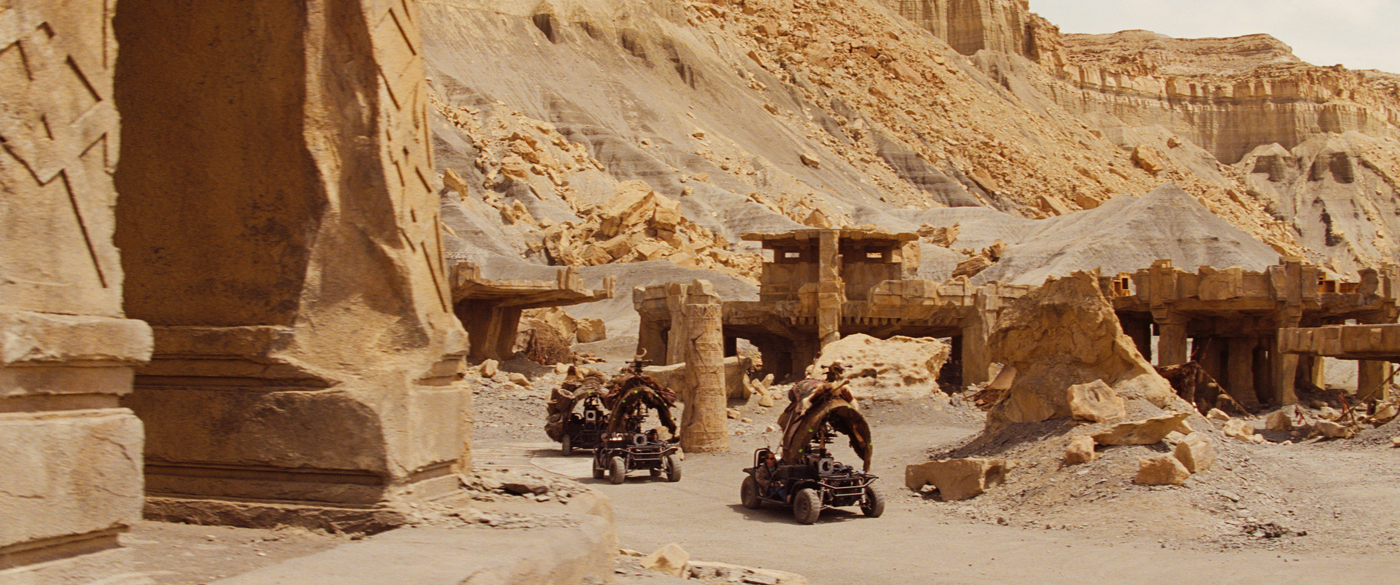
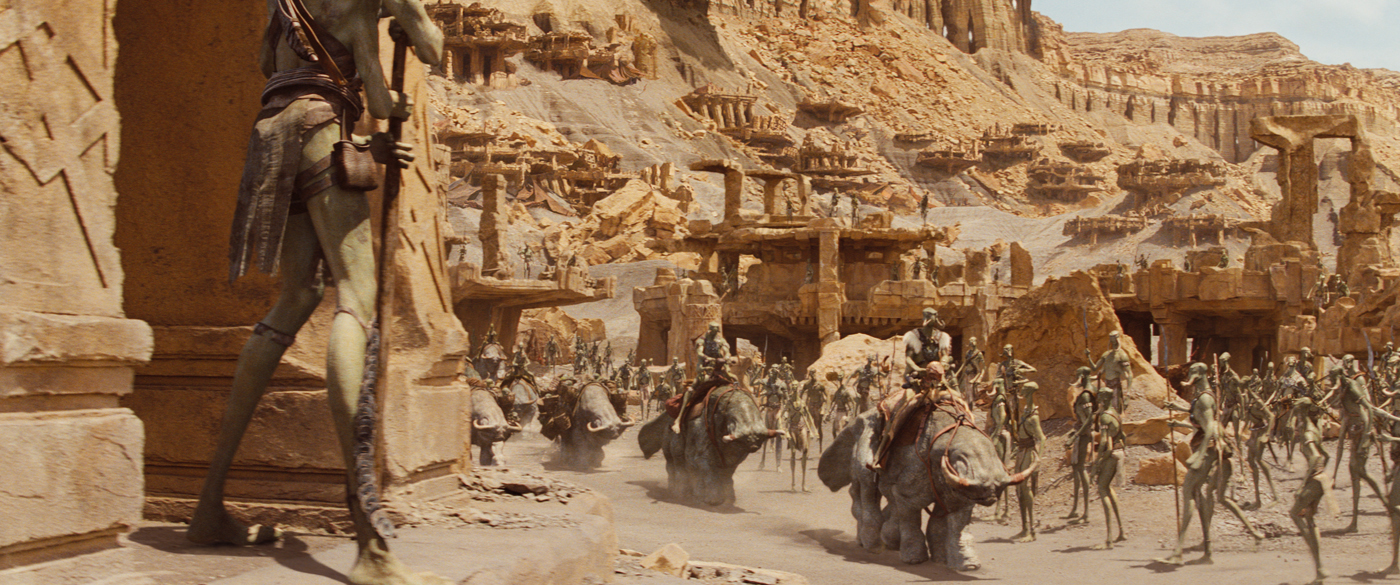



2 ans et demie de boulot!! Encore une interview captivante.
Merci.
Thank you The Art of VFX for always giving us great quality interviews!
Great Work Thanks share your Work
how to join your team?
Go to their website: http://dneg.com/jobs/